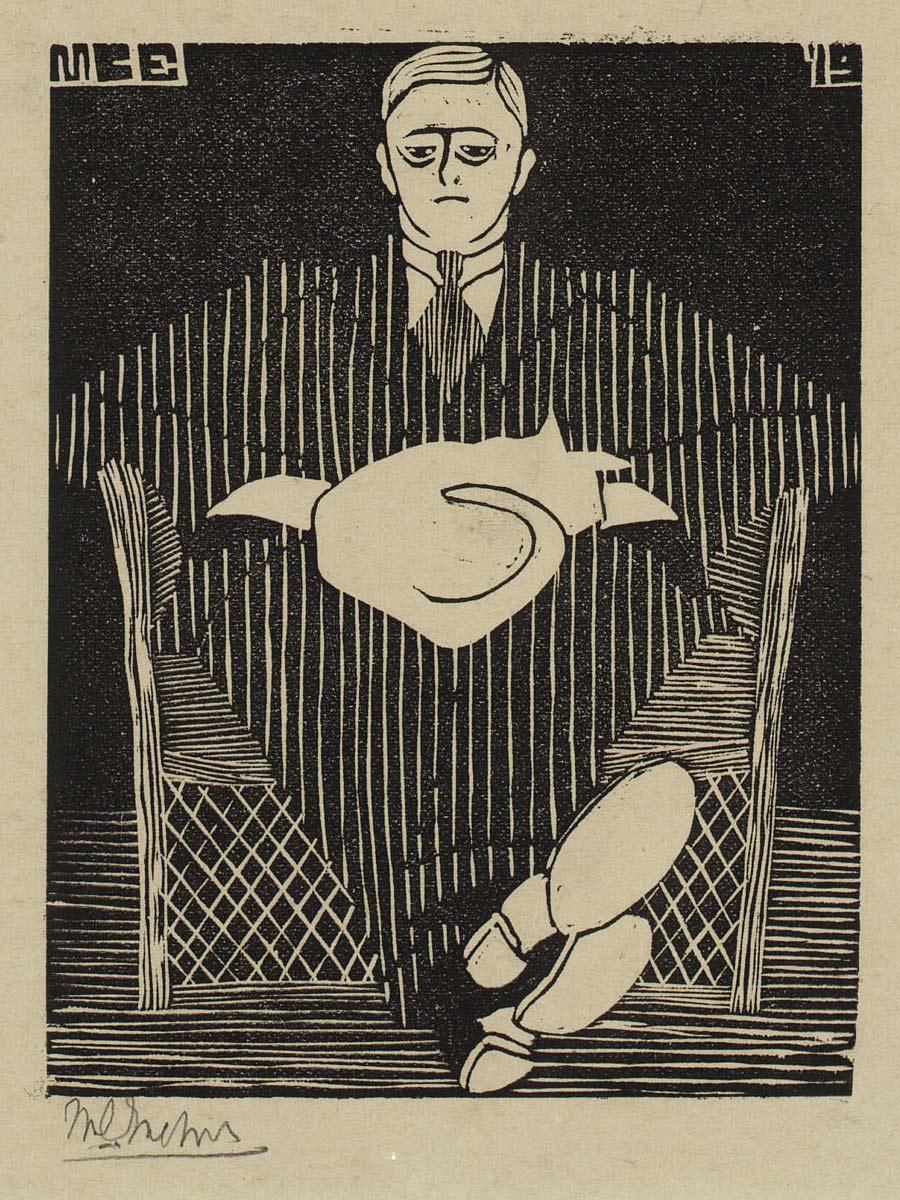

In March 1965 Escher met the French artist and professor Albert Flocon, lecturer at the prestigious École des Beaux-Arts in Paris. Flocon mainly created copper engravings and, like Escher, he was fascinated by the mystery of perspective. Especially curvilinear perspective intrigued him, a form that Escher too used several times (consider in this regard Hand with reflecting sphere, Balcony, Three Spheres II, Drop (Dewdrop) and Self Portrait in Spherical Mirror). In 1967, together with his colleague André Barre, Flocon published a book about this special perspective: La perspective curviligne de l’espace visuel à l’image construite. In 1987 it was published in the US under the title Curvilinear Perspective: From Visual Space to the Constructed Image.
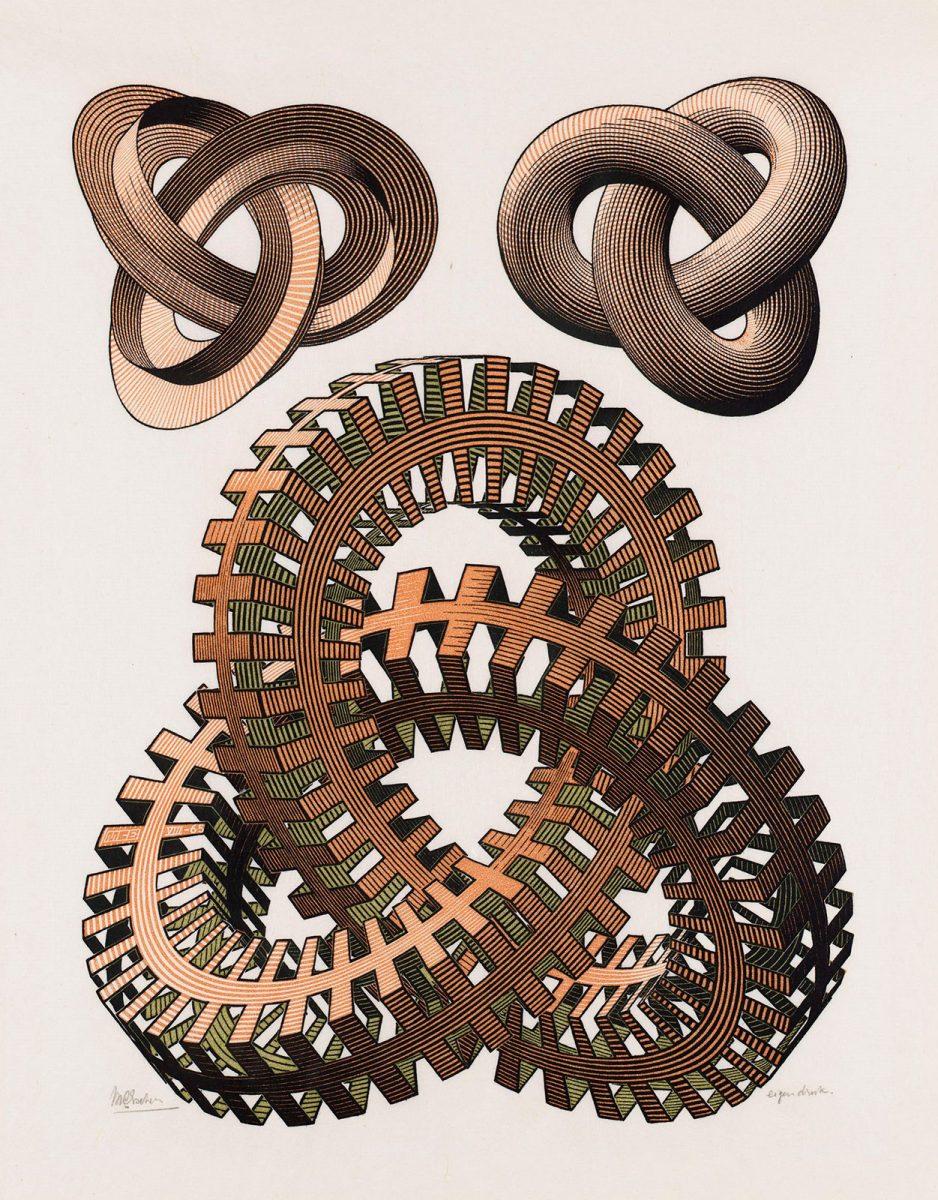
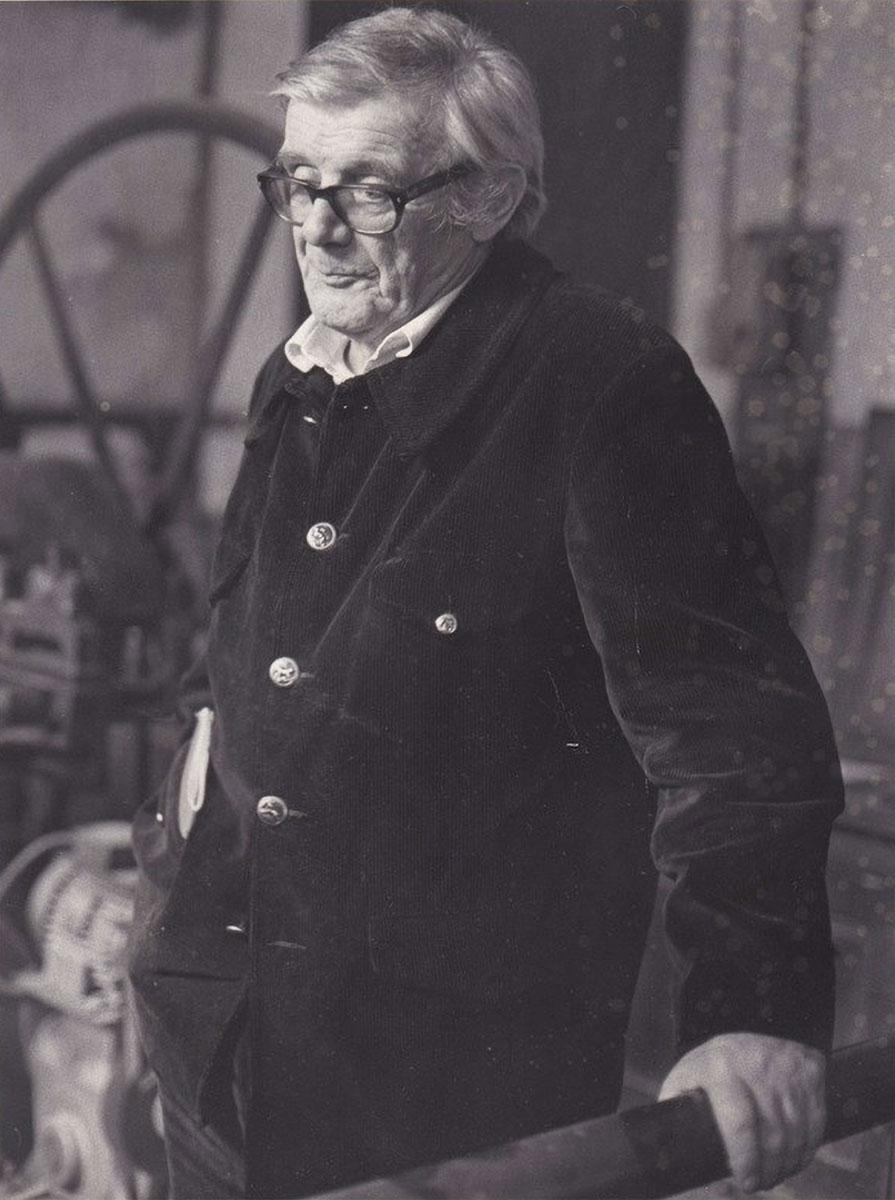
Albert Flocon (1909 - 1994). Collection Imec
The meeting with Flocon proved to be of great importance to Escher. Flocon became an ambassador for his work, a liaison. Just like Charles Alldredge did in the United States. The professor personally mediated on the sale of prints and an Escher exhibition that was to be organised in Paris. In October 1965 Flocon published a 10-page article about Escher in the important monthly Jardin des Arts, titled ‘À la frontière de l’art graphique et des mathematiques: Maurits Cornelis Escher’. In it, he combined information about Escher's life with analyses of the prints. He also used quotations from a conversation with the artist*. The article provides a good description of Escher’s place in the art world. Previous Dutch art critics never went much further than pointing out that Escher’s work was (too) cerebral. Flocon put a positive spin on this. He placed Escher in the line of ‘thinking artists’, which runs like a thread through art history:
'Il rejoint une lignée ancienne d'artistes, qui étaient en même temps des penseurs nets, comme Piero della Francesca, Vinci, Dürer, Jamnitzer, Bosse-Desargues, le père Nicéron et tant d'autres, pour lesquels l'art de voir et de donner á voir s'accompagnait de la science des moyens à mettre en œuvre.'
From the article in Jardin des Arts
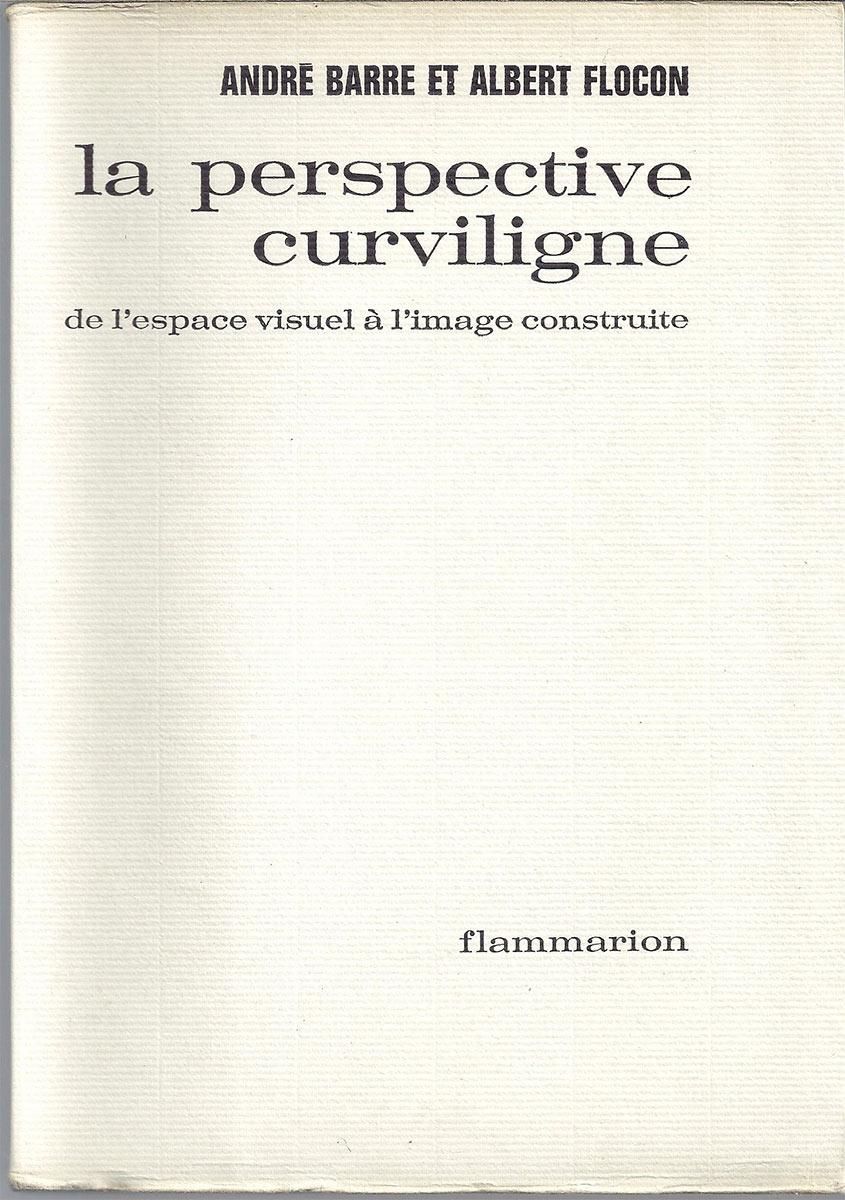
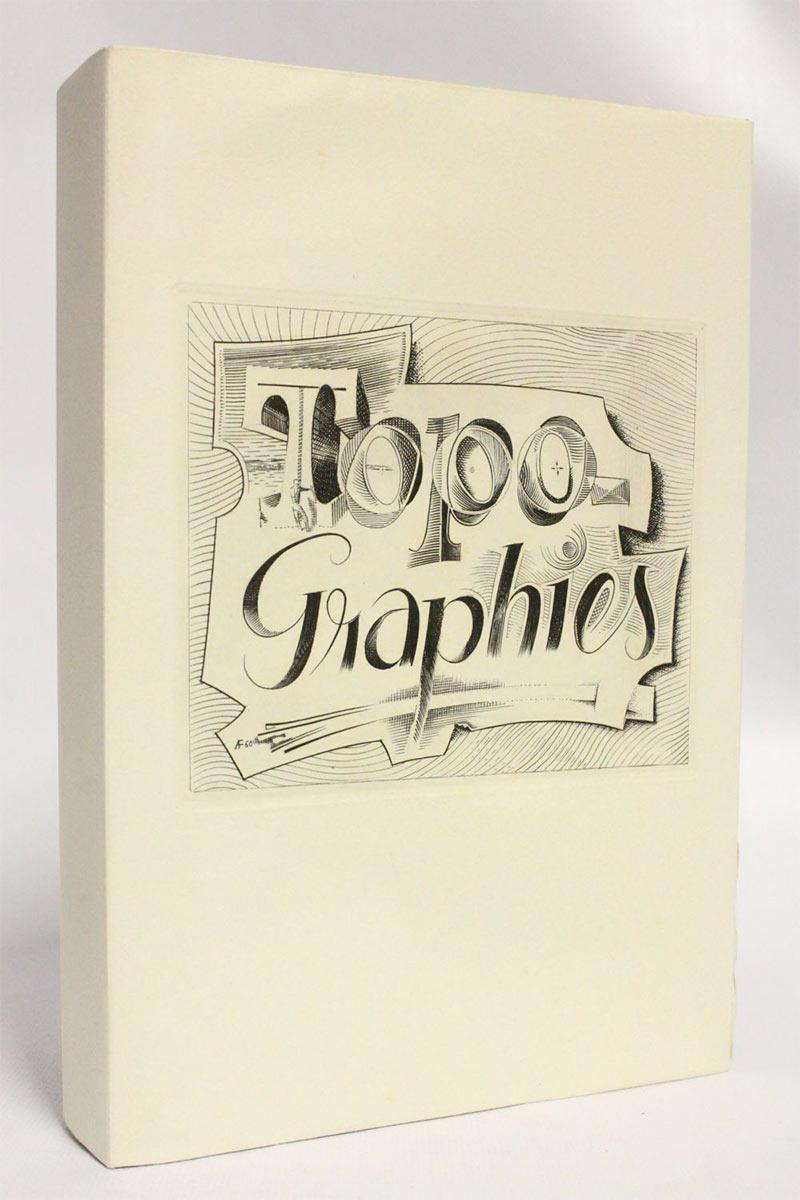
The meeting also encouraged him to return to work after a period of many hospital visits and multiple operations. It was a print by Flocon in his Topographics that would be the direct inspiration for a new woodcut. In this splendid edition, Escher found an engraving of a number of knots that intrigued him.**
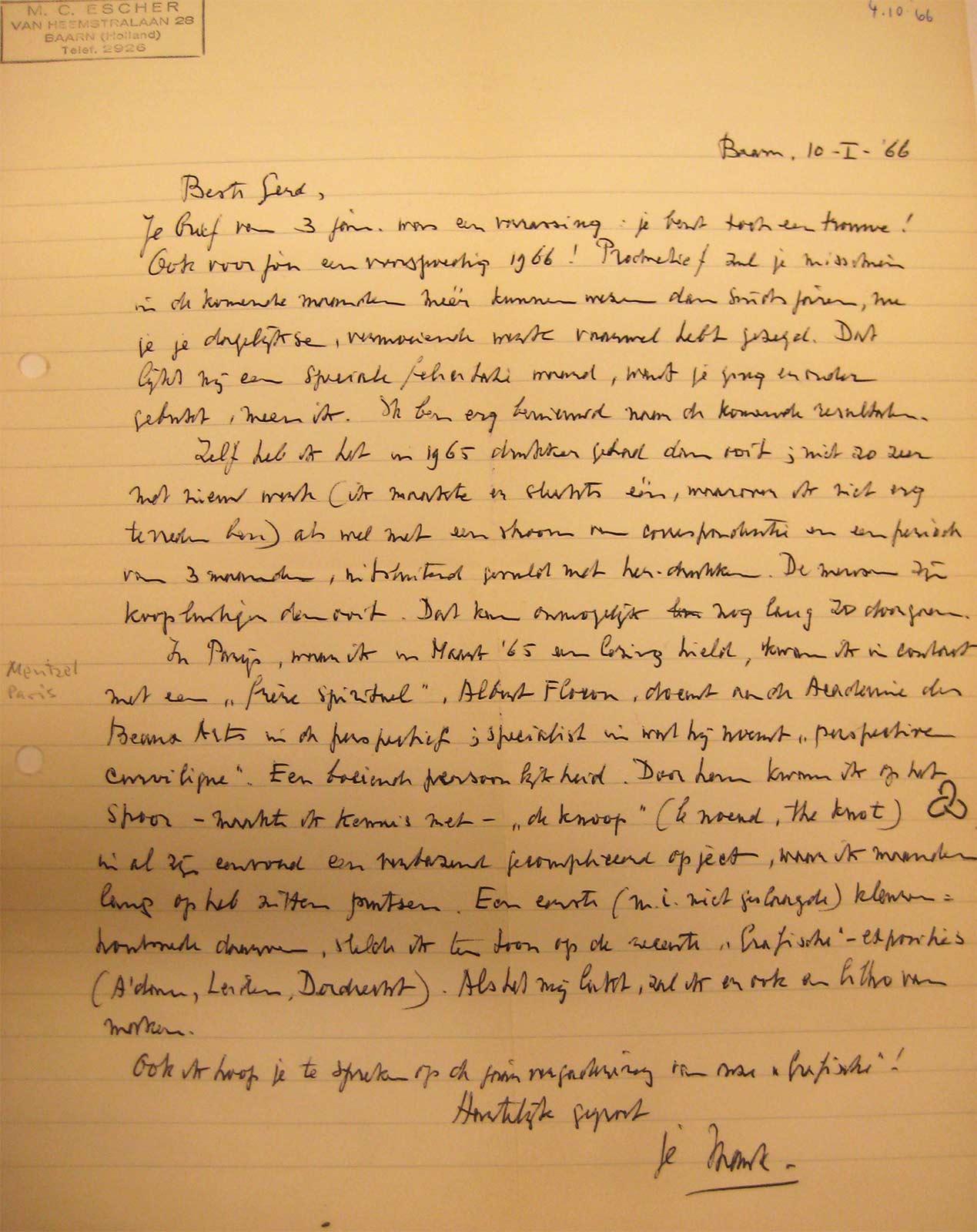
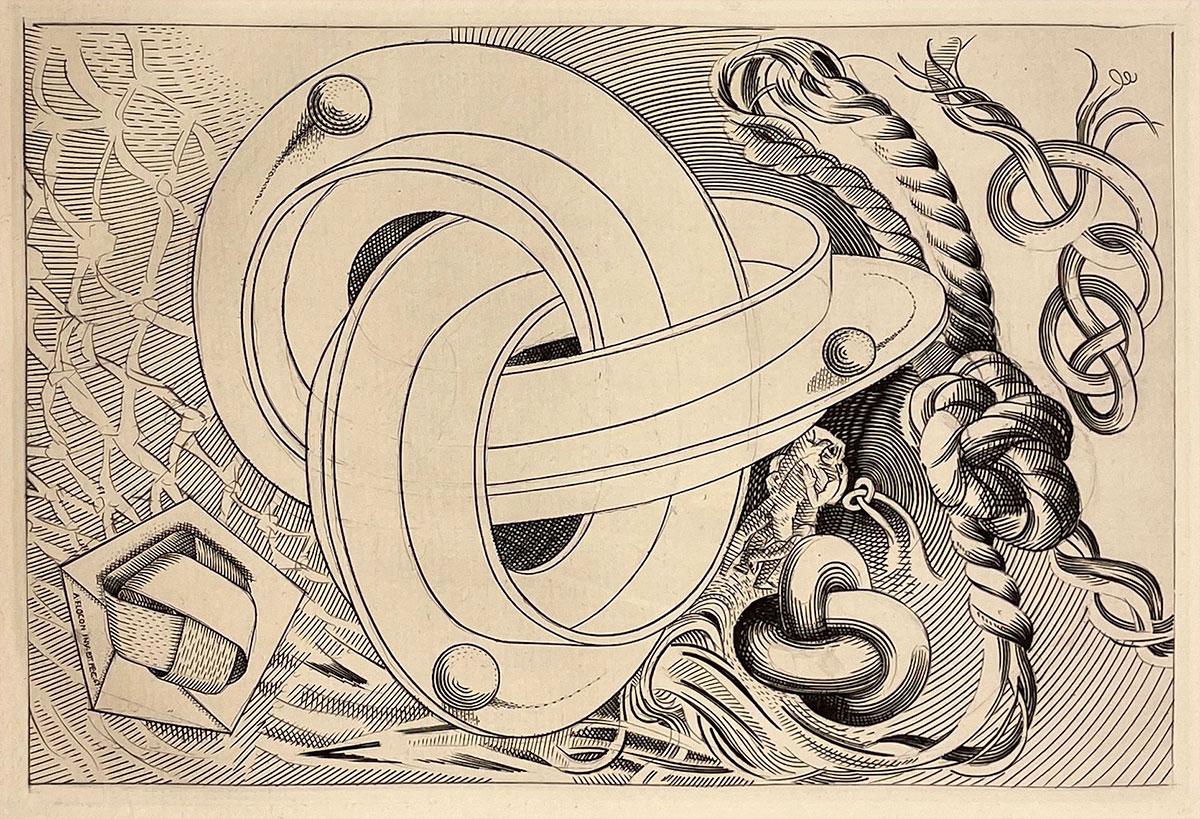
As a tribute, Escher wanted to develop one of the figures into a print. This proved to be more taxing in terms of time and energy than he expected. He wrote to his son George about it:
'It is so surprisingly time-consuming; the hours fly by, the idea in my head only crystallises after a series of almost countless failures. There is actually nothing that interests me at the moment, except that idea, which, once, must become a visually perceptible image. Strictly speaking, I have no “right” to design anything new. I have just finished my overdue reprints, but it is with the insistence (inspiration, if you will, but that is such an overused word) that if you wait too long and crave, the idea fades. My contact with Albert Flocon in Paris caused a spark to ignite, a light that continued to burn for weeks. But on a bad day I noticed that it was a little less clear in my mind, and then I thought: it is now or never, and I threw the whole mess of printing ink and Japanese paper into a corner. It is just a KNOT that I want to make, the classic, topological, triple-bent knot, “Le Nœud”. Is it not surprising that a common knot, which seems so simple, turns out to be so difficult when you start drawing it?'***
Just a knot, as he said himself, but Escher kept on struggling with finding an interesting visual representation of it. The woodcut Knots quite literally shows the fruits of this ‘learning process’. From top right (a massive knot, like a pretzel) through top left (a cruciform variant of it) to the end result below (a hollow rectangular profile with gear-like notches).****
It was an effort with which he was not satisfied, as he confided to George:
'My knot is at last fully finished and a big disappointment. What a waste of time.'*****
Escher was in the habit of making a spatial model of complex shapes that he wanted to use in his work, such as a dodecahedron or an icosahedron. He then put it in front of him on his desk so that he could draw it on the print. He also did this for the knot that can be seen at the top left of the print, the Flocon version that he used as a starting point.
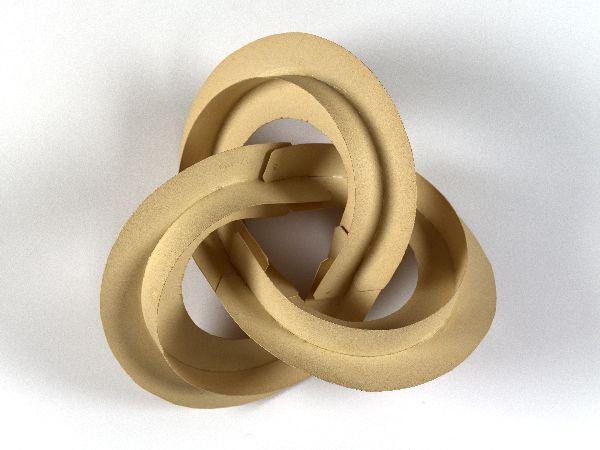
Knots are a powerful symbol for infinity and timelessness. Despite the 'failure' of his print, he wasn't finished with the subject. ‘I still feel bound to it’, he said at a lecture.
In April 1966 he wrote to George and his wife Corrie that the print still kept him busy:
'I kept worrying about it for a whole year and I finally think I have found a satisfactory solution to the problem. It might be interesting to fill an entire book with the genesis of one such pitiful print. No one has ever done that and I won't do it either, because I don't have time for it.'******
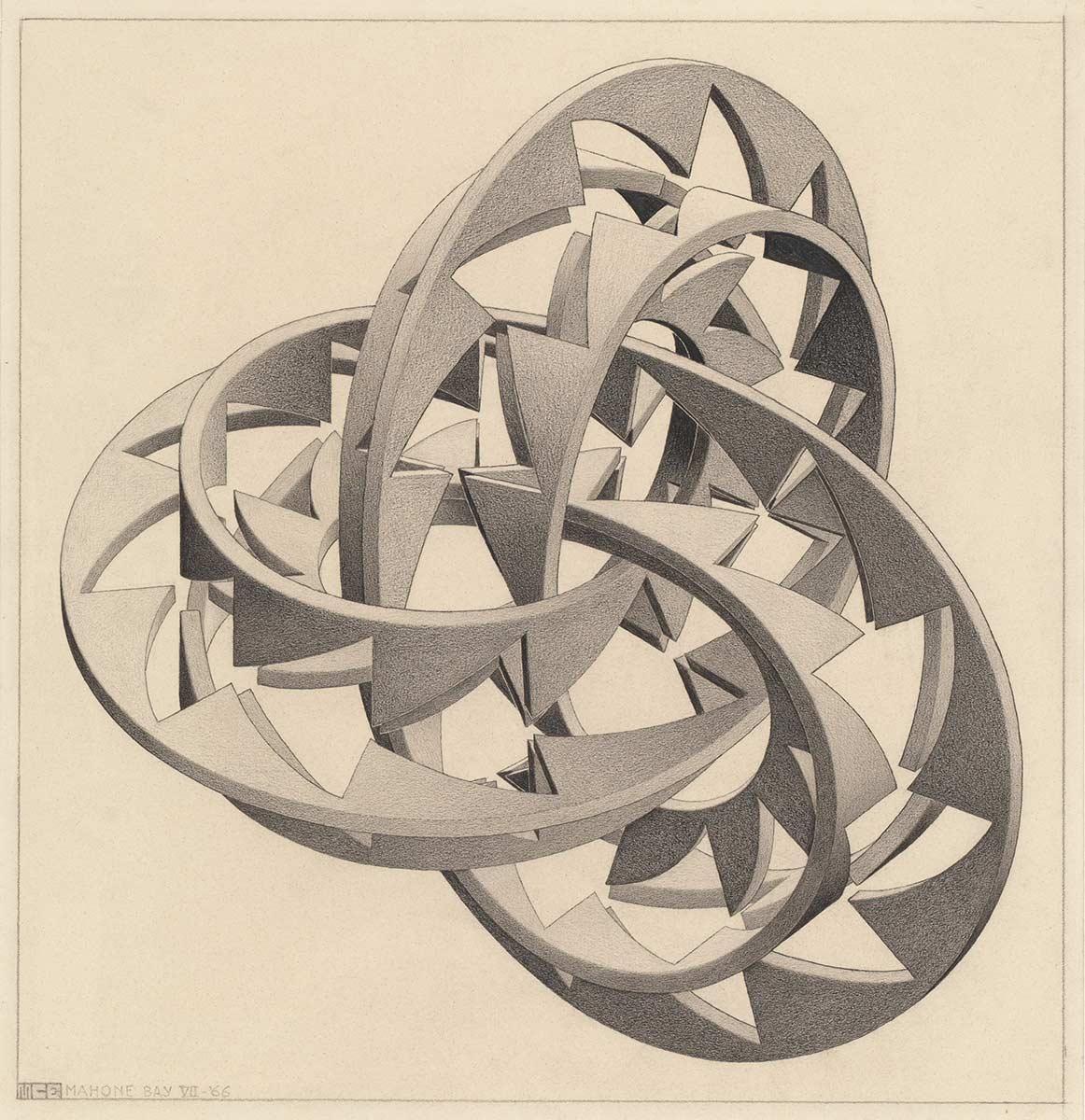
In those years, father and son communicated mainly by letter because George and Corrie immigrated to Canada in 1958. But in the summer of 1966, they had plenty of time to really catch up. From June 1 to July 17, Maurits and Jetta stayed with their son and daughter-in-law in Mahone Bay, on the south coast of Nova Scotia. However, Escher did not just visit to rest or to talk. He brought along work in the form of ideas for new prints. One of these was the plan for Path of Life III, a new knot that he would not complete until he returned to Baarn. And an idea for another 'knot print', a variant of the cross profile at the top left in the first Knots. In Mahone Bay he created a beautiful drawing of this new Möbius knot, but the lithograph he wanted to make would never see the light of day.
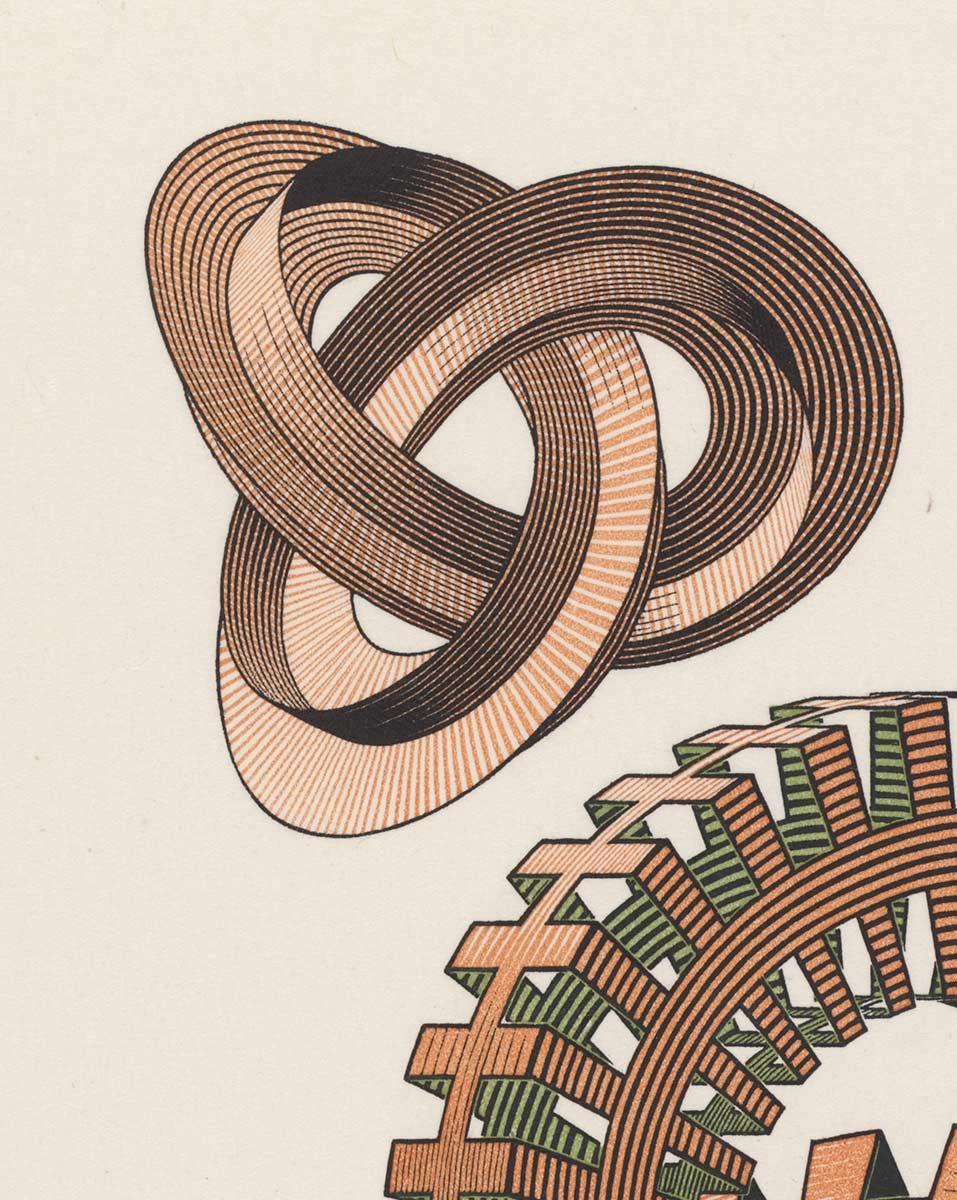
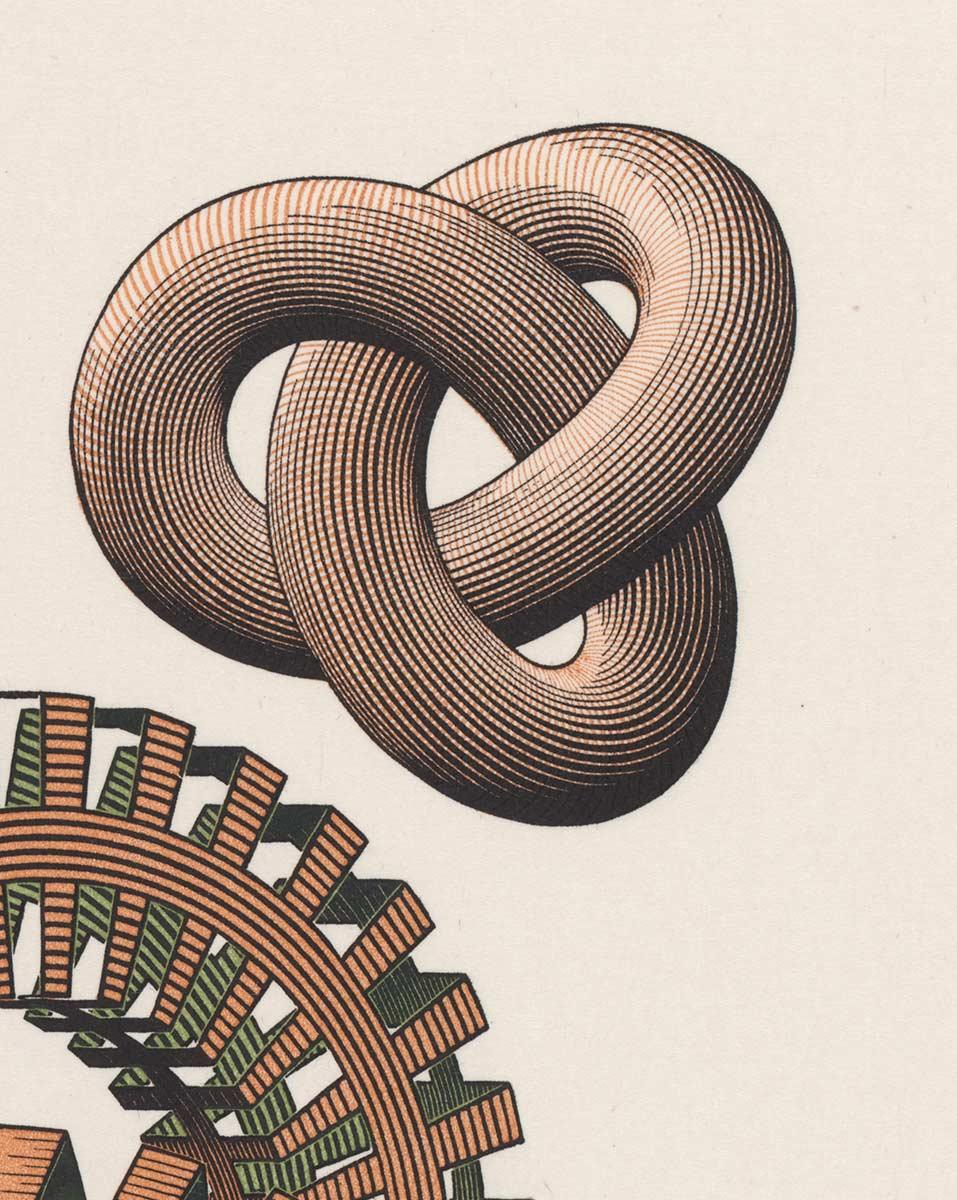
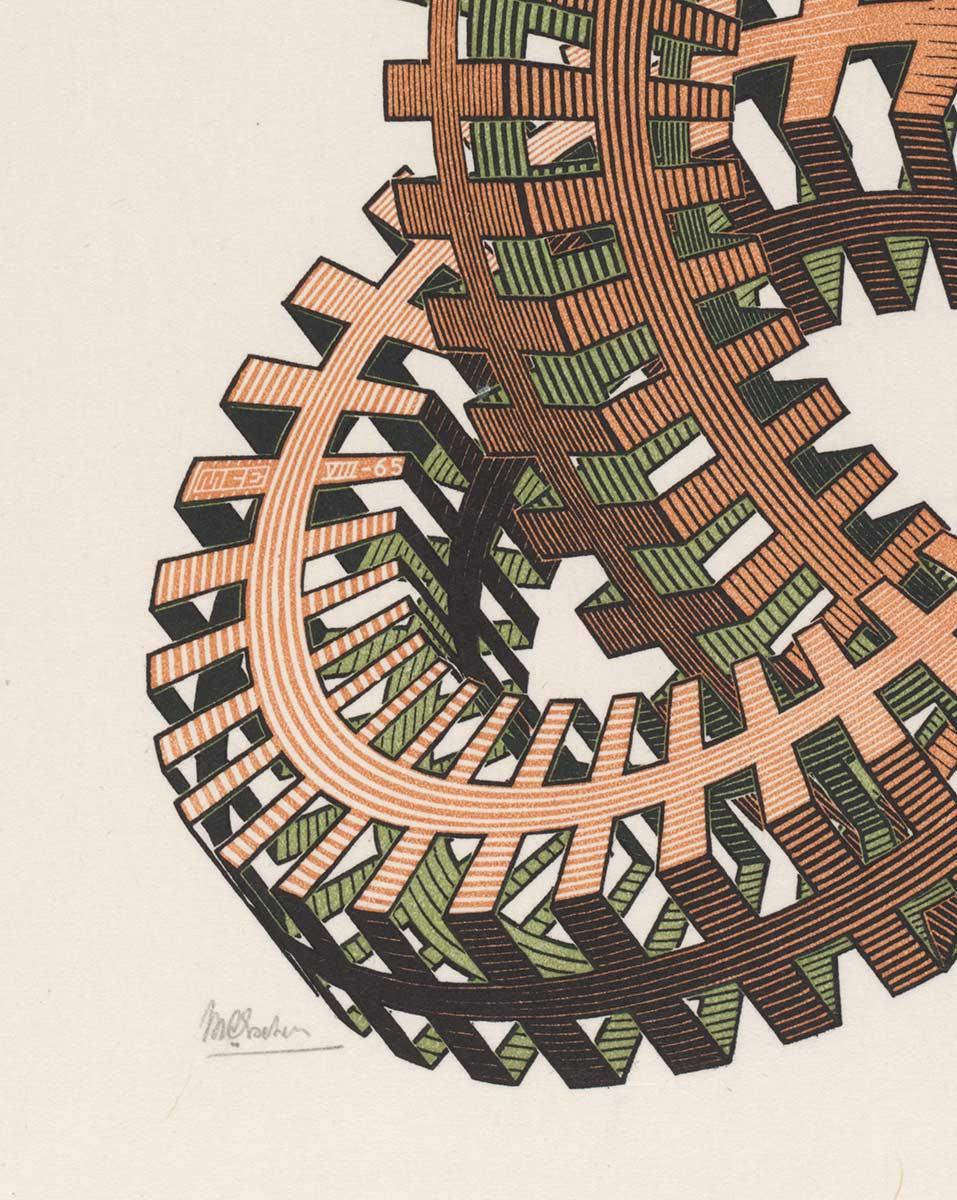
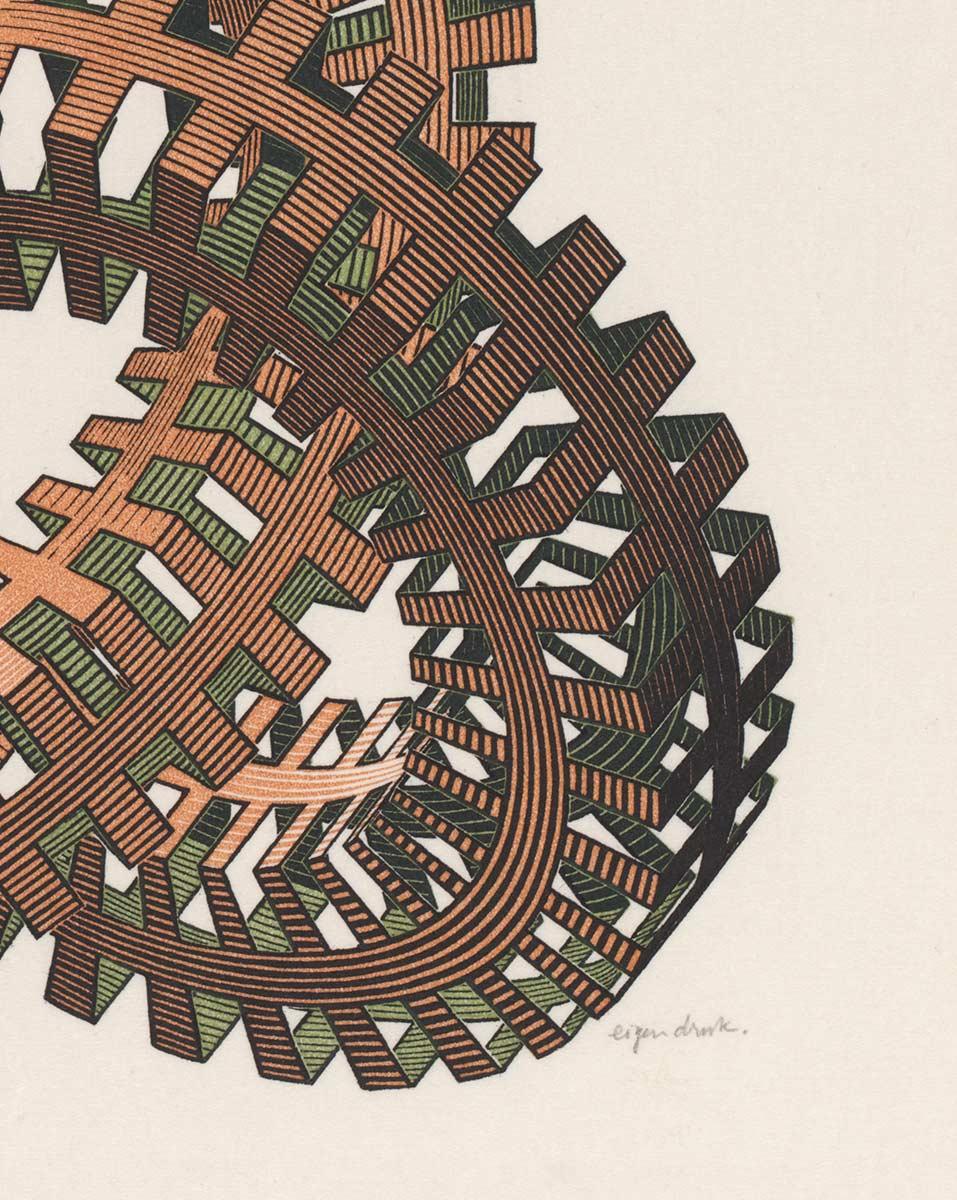
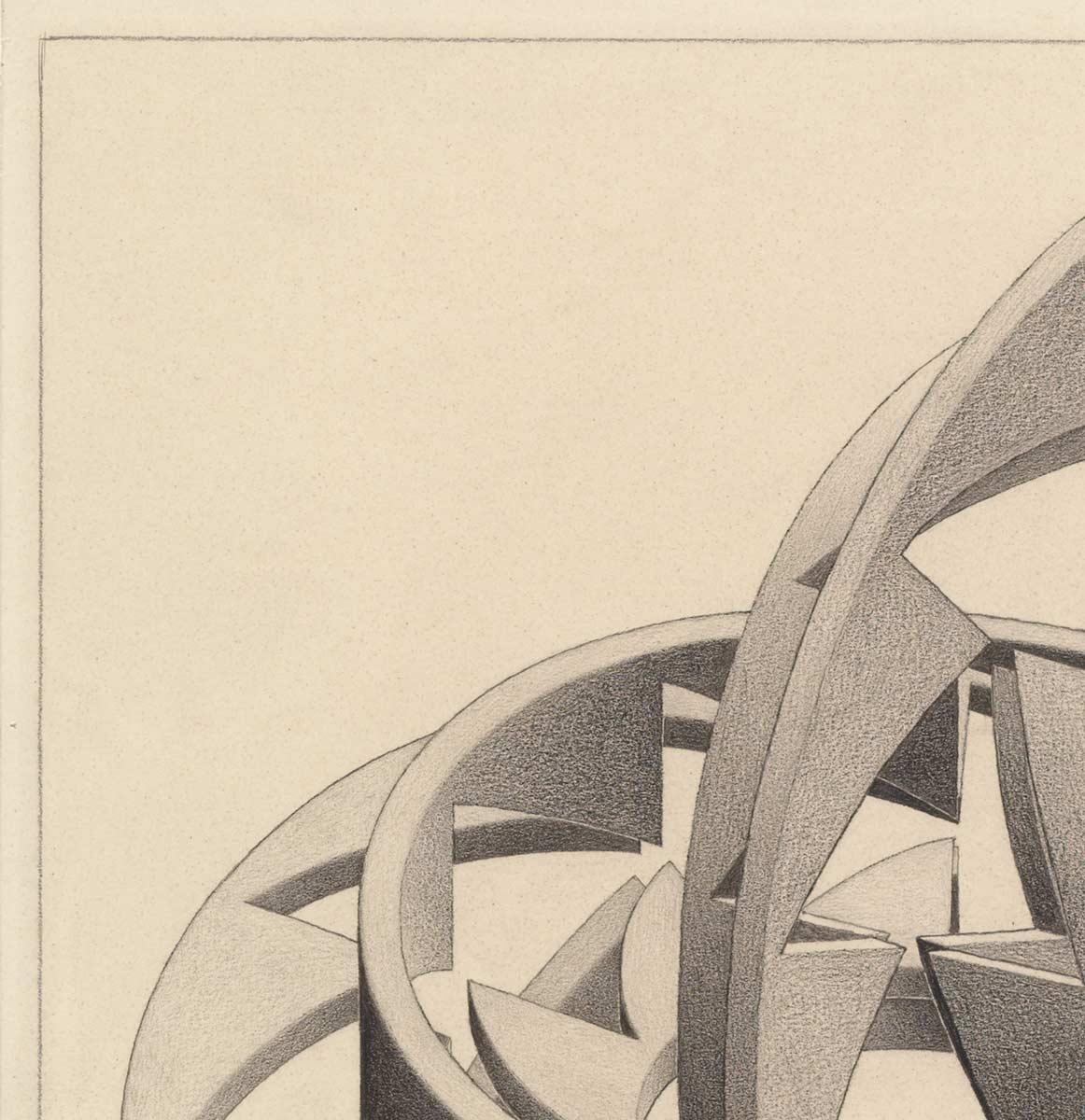
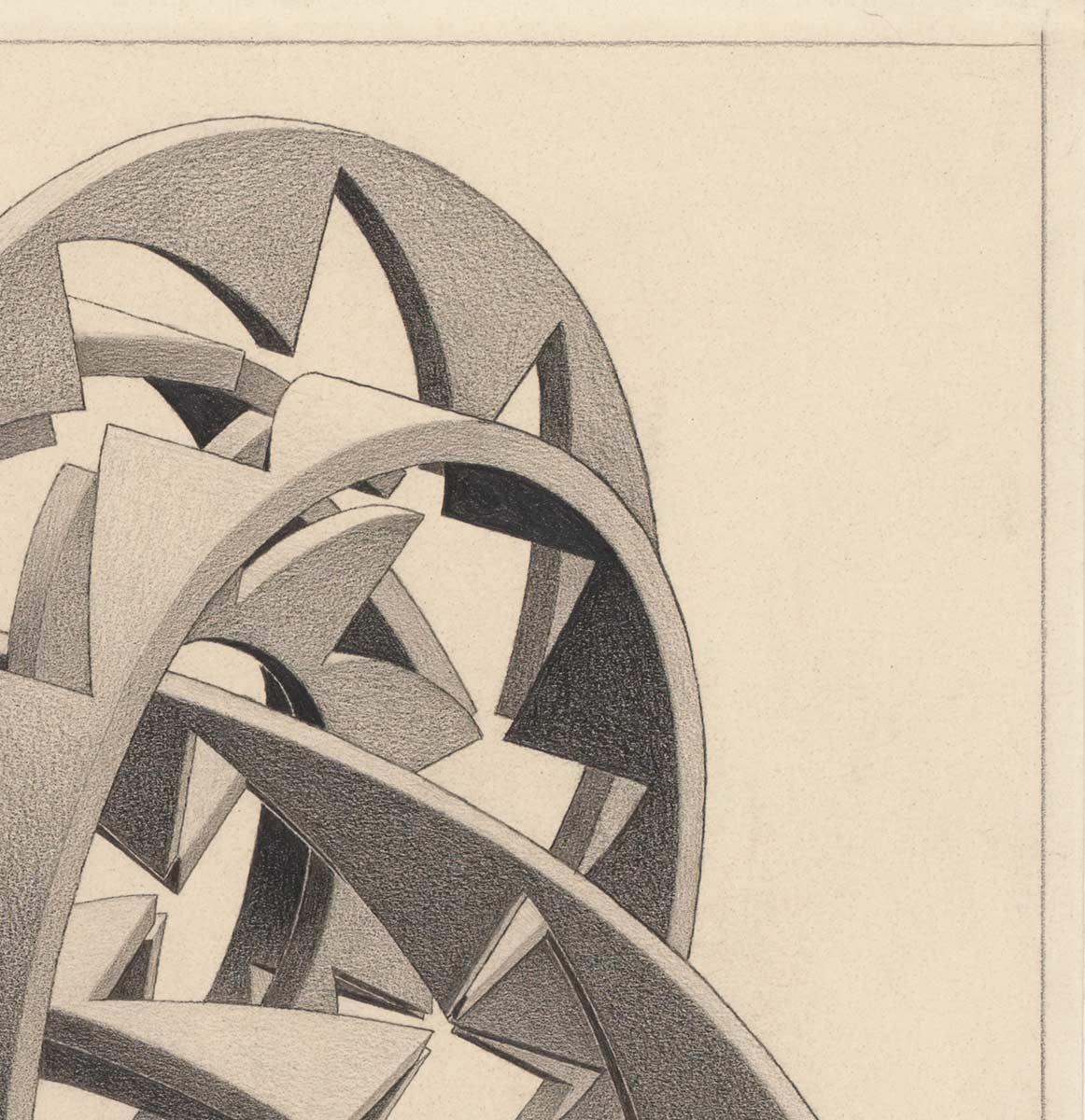
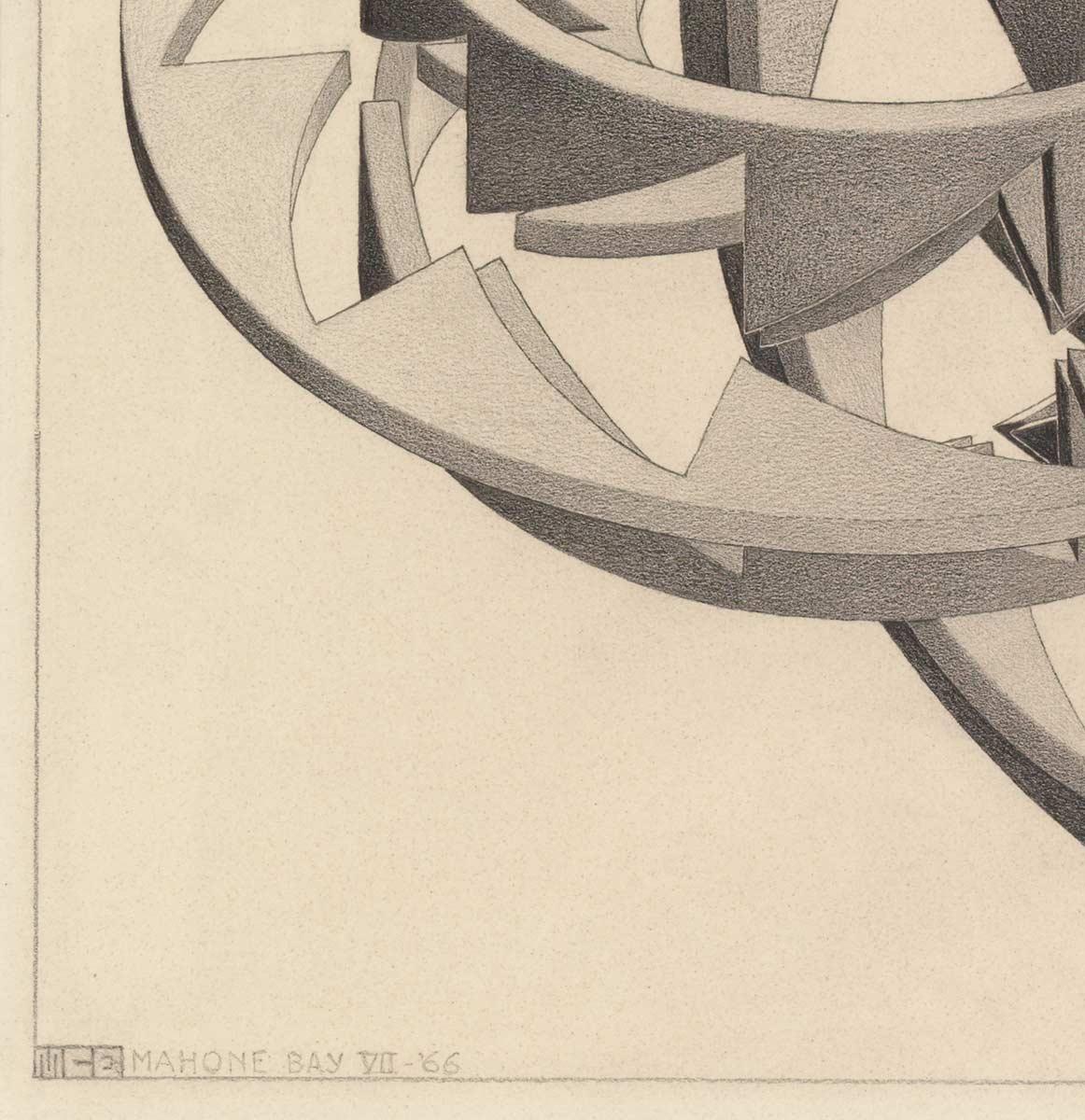
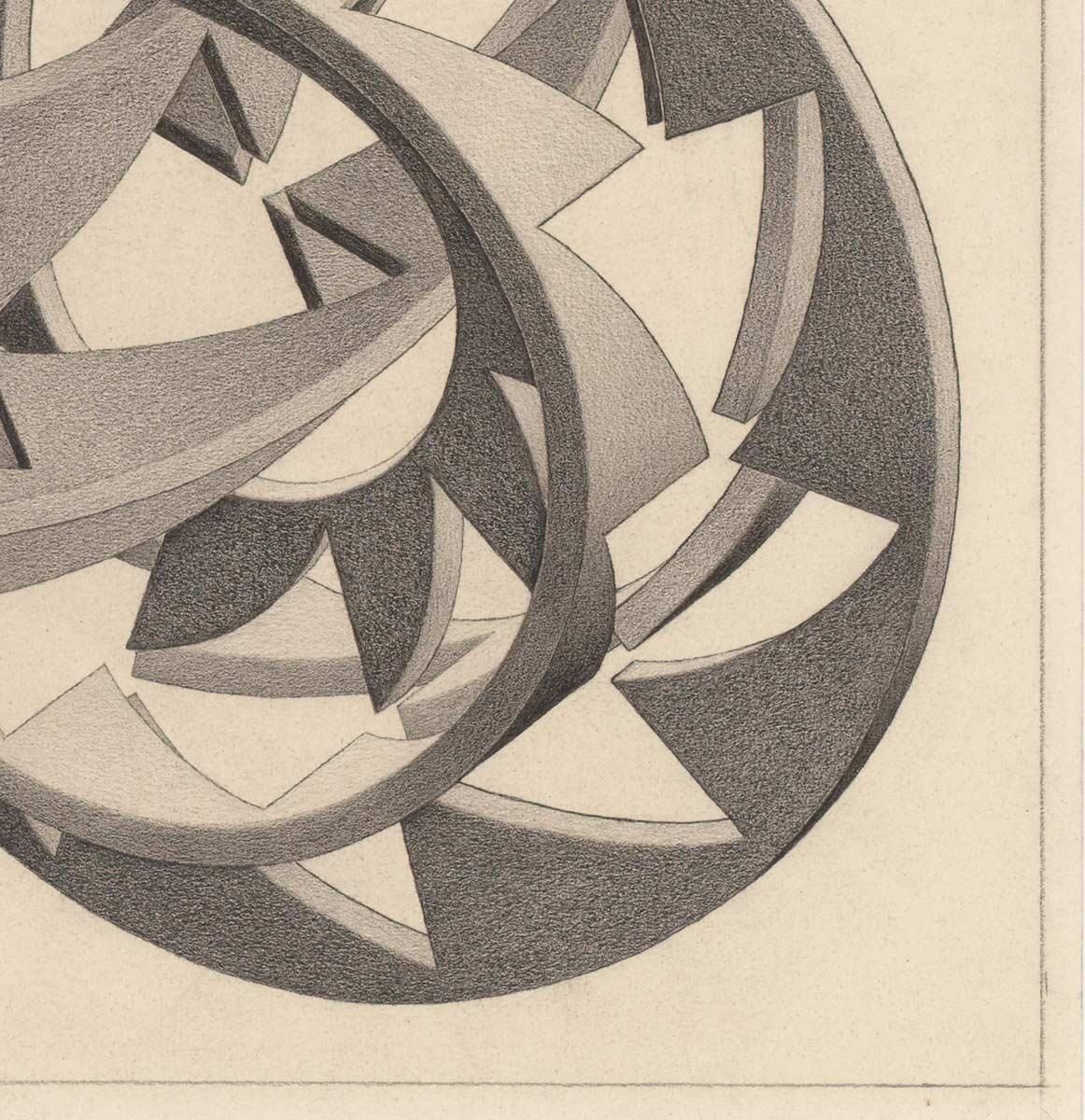
Source
[*], [**], [***], [****] and [*****] Wim Hazeu, M.C. Escher, Een biografie, Meulenhoff, 1998, page 455-458
[******] Wim Hazeu, M.C. Escher, Een biografie, Meulenhoff, 1998, page 466-467
More Escher today

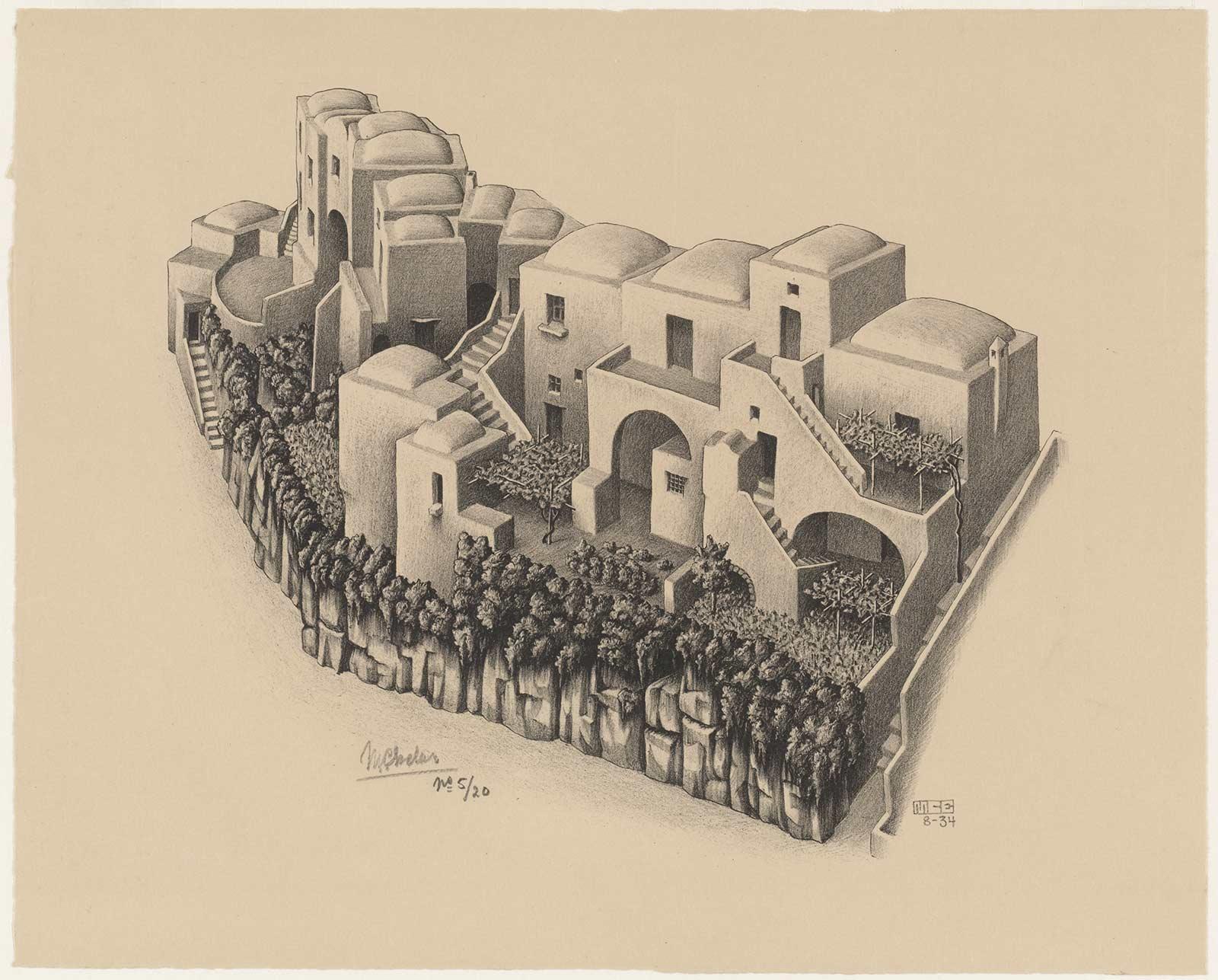
Summer in Positano
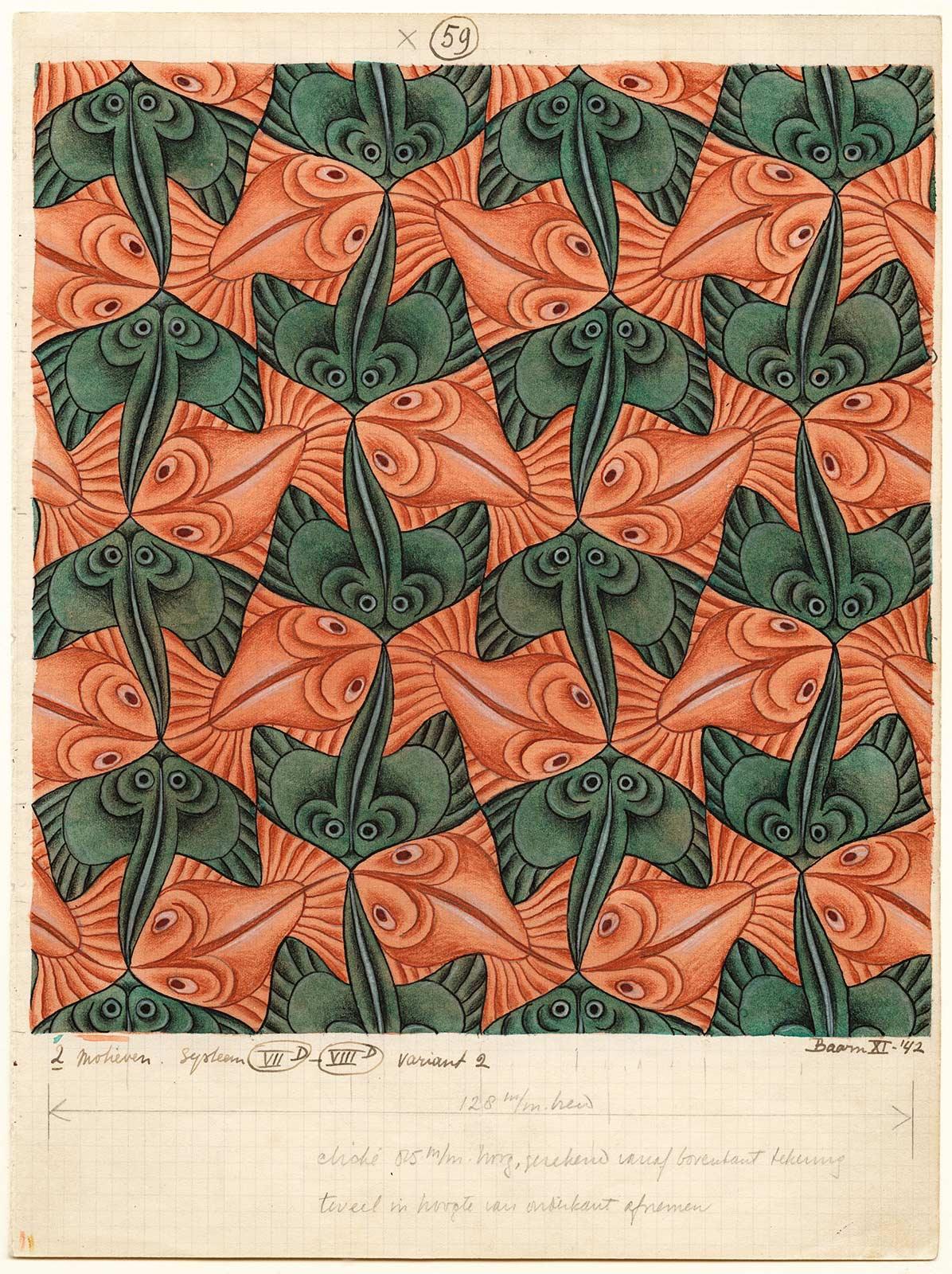
Bach's canon
'Now, I should like to say something else to you about the connection with music, primarily that of Bach, i.e. the Fugue or, put more simply, the canon. I loved Bach and I love him too without “understanding” his technique, but since I understand a (little) bit of it, I love it all the more.'
